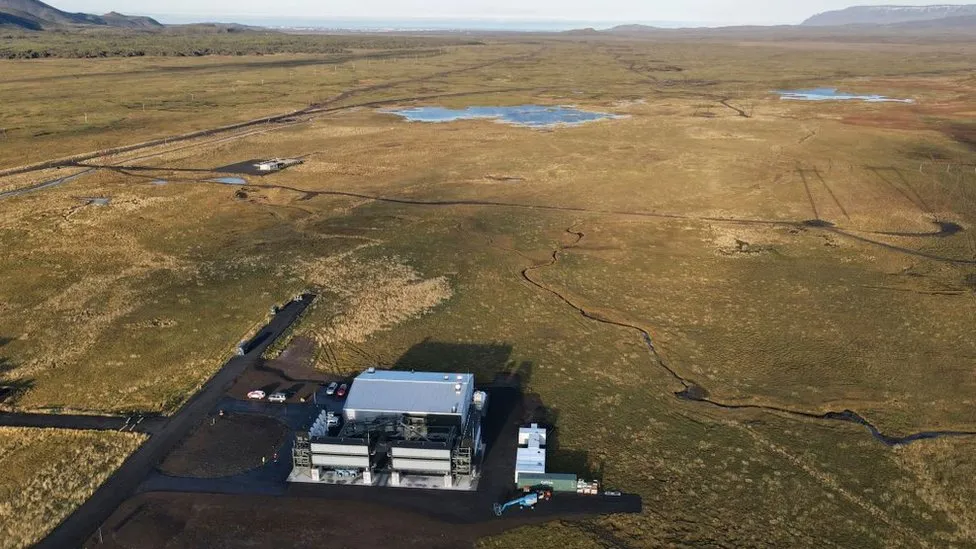The Facts
Scientists have reportedly outlined a new and efficient approach for capturing Carbon Dioxide (CO2) from the air and transforming the gas into bicarbonate of soda to be stored in seawater. The process is predicted to be three times as efficient as other related methods and will speed up the use of technology for implementation.
In June 2022, Climeworks AG, a Swiss start-up company, began construction on a site that would be the company's second "direct air capture" plant and was expected to recover 36K tons of CO2 annually. The site was slated to house 80 large blocks of fans and filters to capture the greenhouse gas.
The Spin
Narrative A
The deployment of "carbon, capture, utilization, and storage" technologies often catches a bad rep for the cost of investment. Critics are misunderstanding the benefits as well as the potential for a sure-fire low-carbon solution. Even with the naysayers, these technologies are gaining momentum, and in 2020 alone, governments put up more than $4.5M in support. The world will come to understand that "net zero" emissions cannot be achieved without this method. This is vital for addressing climate change.
Narrative B
Carbon capture is not new, it began in the 1970s and has a long history of failure. The technology behind CCUS has been rebranded by oil companies as a "climate-friendly" practice and used to produce more oil and gas, increasing emissions. Global carbon capture projects have failed one after another with the most notorious failure being the 2015 Aliso Canyon gas leak in California. These efforts are exorbitantly expensive and dangerous, and the long-term life of a capture project is questionable, at best.
